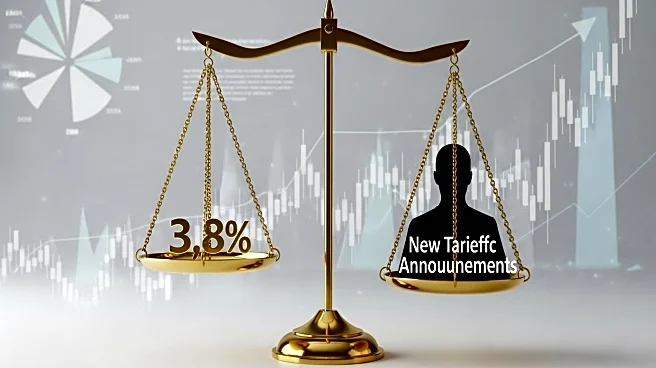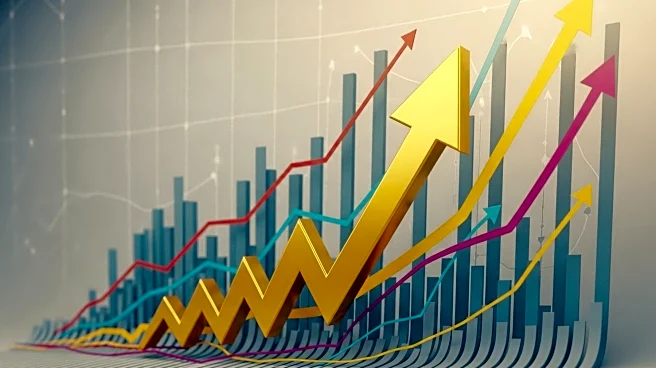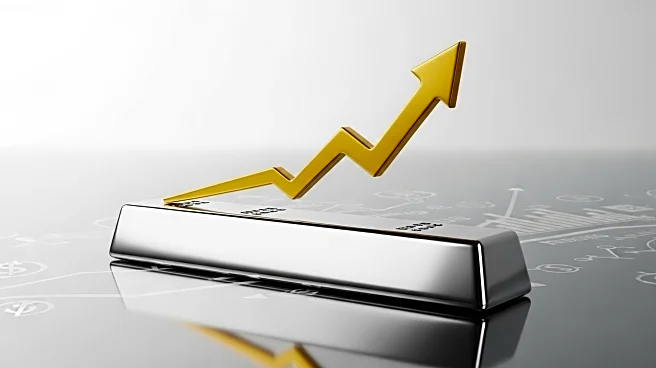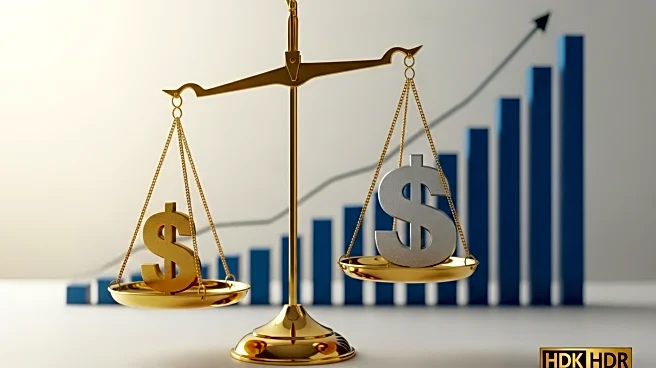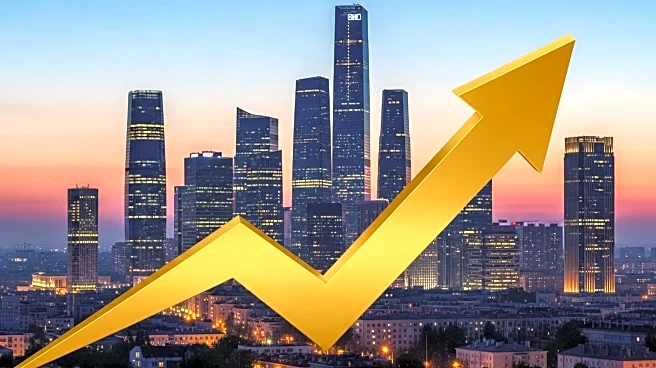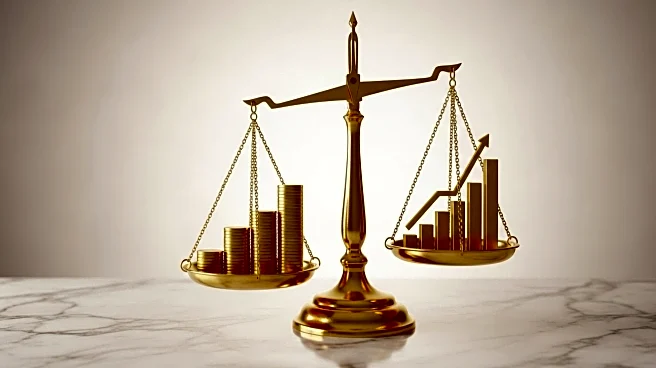What's Happening?
In August, US consumer spending increased by 0.6%, surpassing expectations and maintaining the economy's momentum from the previous quarter. This rise was driven by higher expenditures on services such as transportation, dining, and recreation, as well as goods like clothing and energy products. Despite a slowdown in job growth, consumer spending, which accounts for over two-thirds of US economic activity, continues to support economic expansion. The Personal Consumption Expenditures (PCE) Price Index, a key inflation measure, rose by 0.3% in August, indicating a steady increase in inflation.
Why It's Important?
The sustained increase in consumer spending is crucial for the US economy, as it helps offset the negative impacts of trade policy uncertainties and a sluggish labor market. However, the rising inflation, partly driven by tariffs, poses a challenge for policymakers. The Federal Reserve, which recently cut interest rates, may face pressure to adjust its monetary policy to balance economic growth with inflation control. The spending patterns also highlight disparities, with high-income households driving consumption while lower-income groups face challenges from rising prices and potential cuts to government assistance programs.
What's Next?
Economists anticipate a potential slowdown in consumer spending towards the end of the year due to higher prices and reduced government support. The Federal Reserve will likely continue monitoring inflation trends and economic indicators to guide its interest rate decisions. Businesses may eventually pass on tariff-related costs to consumers, which could further impact spending. The economic outlook will also depend on the resolution of trade tensions and the effectiveness of fiscal policies in supporting growth.

